Now in its twelfth year, Class 46 is dedicated to European trade mark law and practice. This weblog is written by a team of enthusiasts who want to spread the word and share their thoughts with others.
Click here subscribe for free.
Who we all are...
Annual Conference 2021 Parts 5 and 6
The first session of the second day of this year’s MARQUES Annual Conference, Part 5: Peace and Justice Online, focused on how brand owner and online marketplaces can work together.
Need for stakeholder collaboration
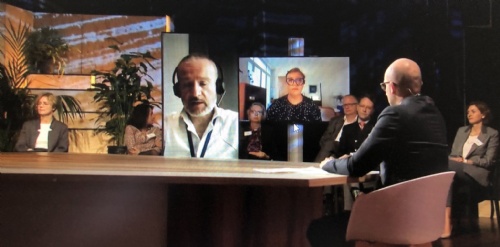 Davide Bresner, Bresner Cammareri IP, Italy (member of the MARQUES Programming Team) summarised the scale of the challenge: the growth in volumes of counterfeiting, use of the internet, shipment of small packages and role of organised crime. The result is that brand owners have to invest in investigations and takedowns to protect consumers and legitimate markets.
Davide Bresner, Bresner Cammareri IP, Italy (member of the MARQUES Programming Team) summarised the scale of the challenge: the growth in volumes of counterfeiting, use of the internet, shipment of small packages and role of organised crime. The result is that brand owners have to invest in investigations and takedowns to protect consumers and legitimate markets.
Successful initiatives to address the problem include the EU Memorandum of Understanding, which has 30 stakeholders and provides a basis for cooperation.
Cecile Guillemard, Director & Assistant General Counsel, Global Brand Protection e-Business, Procter & Gamble, Switzerland, said P&G was one of the first signatories to the MoU. She explained the challenges brand owners face, including increased volumes and greater sophistication of counterfeiters, and the need for cooperation with marketplaces and innovation in finding solutions.
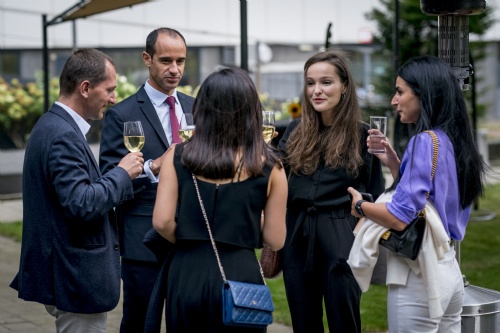 |
| Last night's reception sponsored by Brinkhof |
Claudio Bergonzi, EU Senior Manager Global Brand Relations, Amazon, Luxembourg, welcomed the Memorandum and stressed the importance of collaboration between stakeholders. At Amazon, he said, brand protection is complex and the company spends millions of dollars on preventing fraud and bad behaviour using tools such as machine learning and seller verification. It has adopted initiatives to react to bad actors as quickly as possible: the Counterfeiting Crimes Unit and product serialisation service Transparency.
Cecile welcomed Amazon’s initiatives and said more innovative solutions are needed, spanning all stakeholders and possibly including governments – for example regulation of trusted sellers – as well as consumers and law enforcement. In particular, information sharing with law enforcement (including data and bank account details) could be improved, she said. And new legal mechanisms may be needed to address the speed and complexity of online counterfeiting.
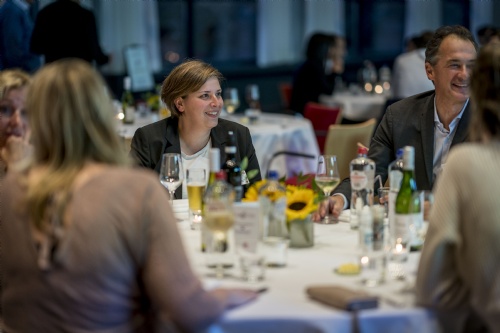 |
| Annual Conference Dinner sponsored by Dumont |
The speakers agreed on the need for a wide perspective encompassing the whole supply chain, tax avoidance and an emerging trend where organised crime rings steal goods from stores and sell them online (as reported recently by the Wall Street Journal).
Matching legal and business strategies in litigation
In Part 6, International Litigation Strategies: From the Boardroom to the Courtroom, the panel addressed questions including: What triggers a decision to litigate? What is the decision-making process? What factors influence the decision? What do in-house counsel need from outside counsel? What are practical issues in bringing litigation? How to coordinate different jurisdictions? How are disputes resolved/settled?
They also answered questions posed by members of the audience concerning the importance of obtaining compensation, the biggest mistakes made when deciding to sue or not to sue, deciding between criminal and civil cases, the role of publication of decisions and the extent of corruption.
Hens de Koning-Ghijsen, Senior Legal Counsel, Heineken, The Netherlands (member of the MARQUES China Team) pointed out that while Heineken is a global company, in beer the world is a local place and decisions have to take into account local markets and conditions.
The speakers agreed on the importance of coordinating legal and commercial perspectives. “We always weigh the impact commercially and including the PR exposure,” said Hans. “Consulting with the business can also have a positive side. For example, they can negotiate with retail chains if there are lookalike products.” In other cases, legal teams can identify risks that management may not perceive: for example, Heineken successfully took action against a small beer that copied elements of the Heineken brand, despite business concerns that it would be seen as a David v Goliath dispute. “Legal can often better see the risks of doing nothing,” explained Hans.
Timo Götting, Senior IP Counsel, Sandoz, Germany, added that many factors have to be considered in a litigation strategy: “What is the commercial goal? How does this litigation support it? It also depends on whether we initiate a case, or it is brought against us. It’s about allocating and freeing up resources.”
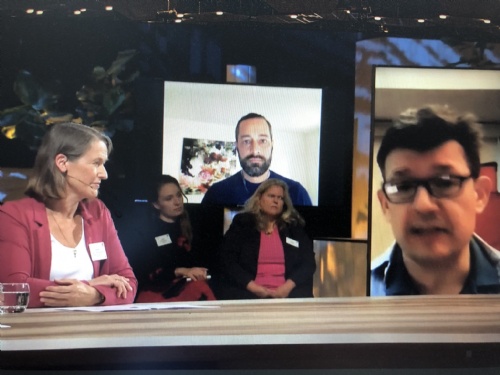 China is a huge challenge for brand owners, given the volume of cases: last year there were more than 9 million trade mark applications, and 400,000 IP litigation cases before the courts (with a growing proportion of domestic companies). Clients are often “dragged into” litigation, said Elliot Papageorgiou, Partner, Gowlings, China. But he added: “The authorities are very keen to get these products off the market. There are very good alternatives to litigation. Most brand owners now have a good understanding of the options available in China.”
China is a huge challenge for brand owners, given the volume of cases: last year there were more than 9 million trade mark applications, and 400,000 IP litigation cases before the courts (with a growing proportion of domestic companies). Clients are often “dragged into” litigation, said Elliot Papageorgiou, Partner, Gowlings, China. But he added: “The authorities are very keen to get these products off the market. There are very good alternatives to litigation. Most brand owners now have a good understanding of the options available in China.”
“When it comes to settling, you should never rule out any options,” said Timo. “Your legal agenda should not live its own life in parallel to the business agenda.” Elliot added that, despite its disadvantages, settlement always provides more certainty than ongoing litigation. Hans added that as cases drag on, and cost more, management may lose enthusiasm.
The panel was chaired by Tobias Cohen Jehoram, De Brauw Blackstone Westbroek (member of the Dispute Resolution Team). The panellists all stressed one key tip for outside counsel: if asked about the chances of success, never say: 50-50. “I might as well look into a glass bowl, and I don’t have to pay for that,” said Timo.
Audience poll: How many litigations are initiated by legal rather than the business?
- 10% legal, 90% business: 12%
- 20% legal: 7%
- 30% legal: 33%
- 40% legal: 17%
- 50% or more legal: 31%
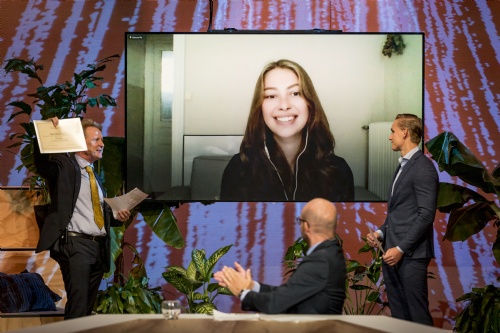 Lewis Gaze Memorial Award
Lewis Gaze Memorial Award
Congratulations to the winners of this year's Lewis Gaze Memorial Award, which was presented by MARQUES Chair Joachim Hofmann today:
- 2nd prize: Jesper Vrielink for his paper on "From Messi to Diesel: the neutralisation theory in trademark law and the protectability of trademarks with a clear meaning"
- 1st prize: Fleur L Westenend for her paper on "The application of the technical effect-restriction in design law and trademark law"
For more updates from the Annual Conference, search for #MARQUES35 on social media. Photos from The Hague by Valerie Kuypers
Posted by: Blog Administrator @ 12.51Tags: Annual Conference, The Hague,


 Sharing on Social Media? Use the link below...
Sharing on Social Media? Use the link below...Perm-A-Link: https://www.marques.org/blogs/class46?XID=BHA5030

